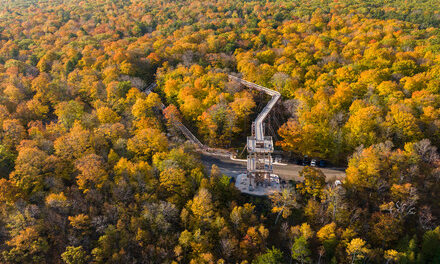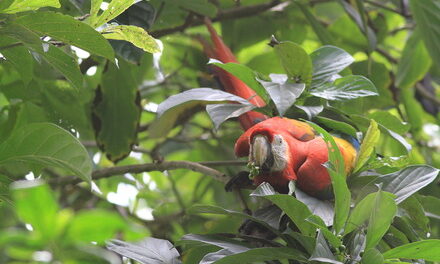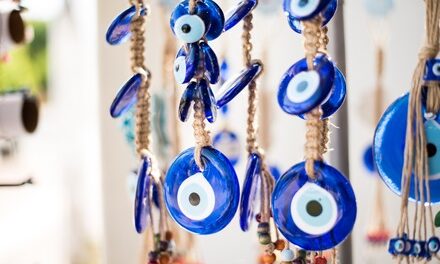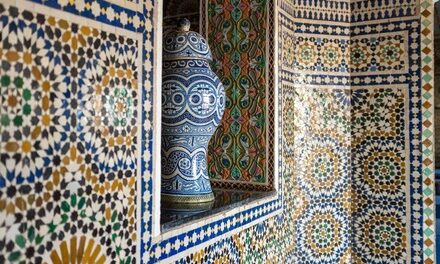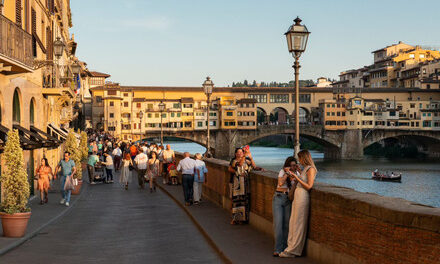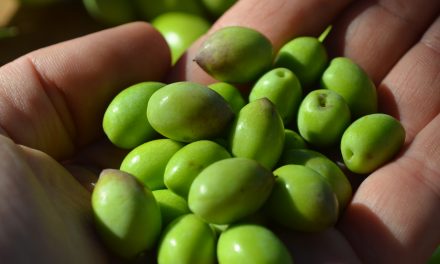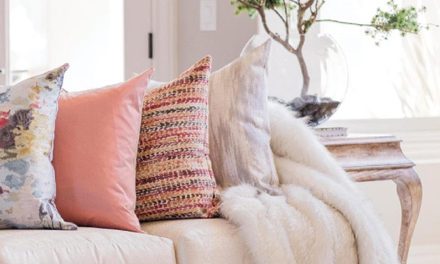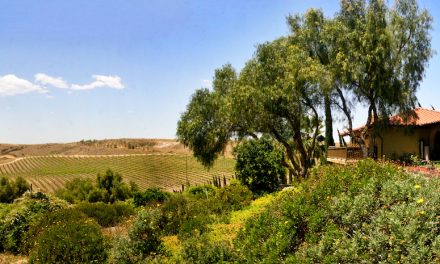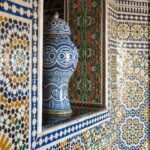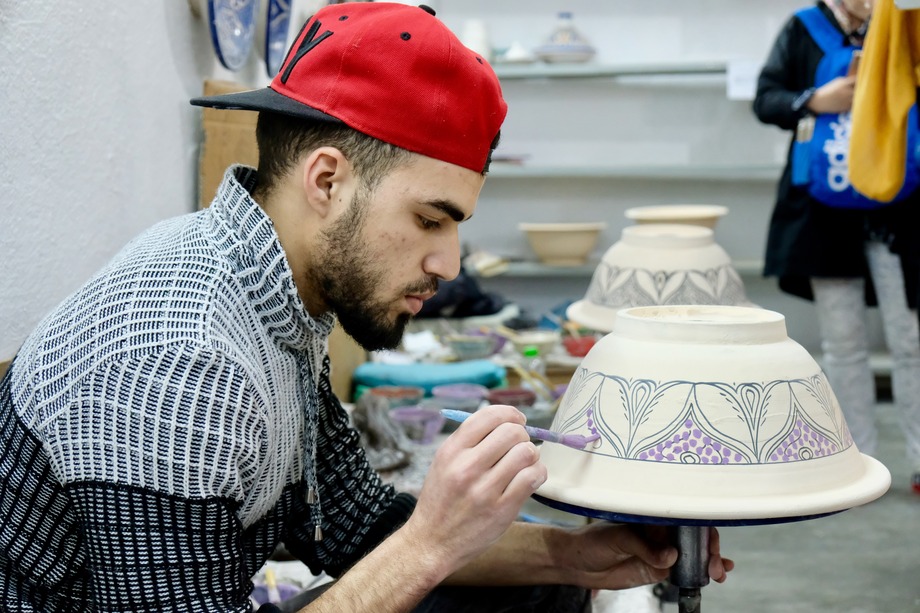
Ancient Origins
Early Moroccan potters were influenced by Phoenician, Roman, and Arab ceramic traditions, which laid the foundation for the country’s unique pottery styles. The seventh century introduced an Islamic influence, especially in terms of geometric patterns, and certainly calligraphy began to be used extensively.
The Berbers, Morocco’s indigenous population (they also call themselves Amazigh or Imazighen), also played a vital role in shaping the country’s pottery heritage. The Berber tradition leans heavily on pottery’s functional and ritualistic use, and as with other regions, employs intricate designs done in vibrant colors.
During the Middle Ages, Morocco absorbed the cultural influences of Andalusia (southern Spain), as many Muslims and artisans fled there during the Reconquista. This led to the fusion of Andalusian and Moroccan styles, creating distinctive ceramic works.
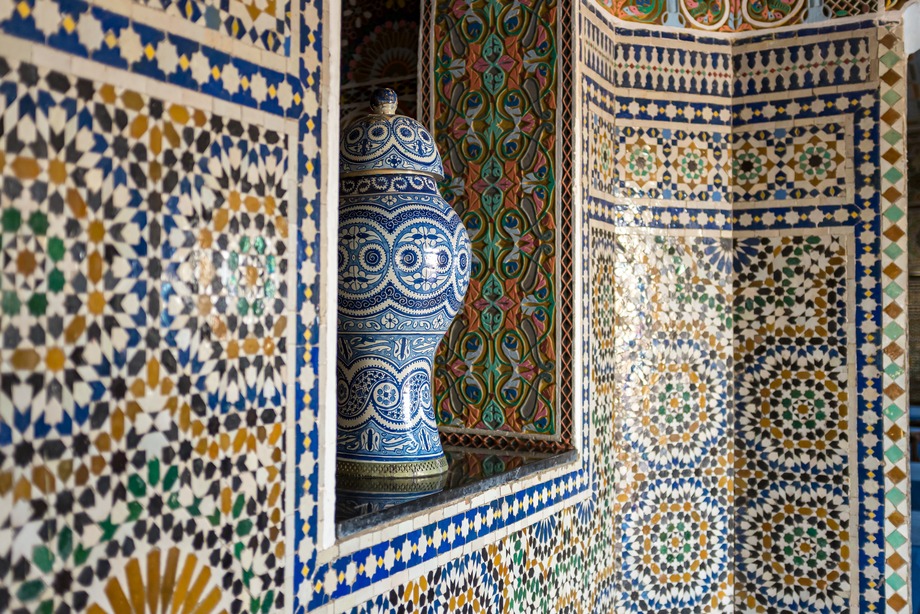
Fez’ Distinctive Blue Pottery
As the oldest city in Morocco, Fez is known globally for its blue pottery, called fassi by locals. It’s difficult, in fact, for any visitor to not return with at least one piece of Fez artistry––so striking are the multi-hued arabesques and graphic lines that cover pieces. By the 16th century, a single section of Fez, Fakhkharin, became the center of pottery production. The intense blue color was originally sourced from cobalt deposits found around the city.
Safi Pottery
The coastal city of Safi is also known for its vibrant pottery tradition. Here, ceramics are characterized by their vivid colors and floral designs. The city’s ceramics industry has flourished thanks to its proximity to clay deposits as well as the Atlantic Ocean, which has long facilitated trade.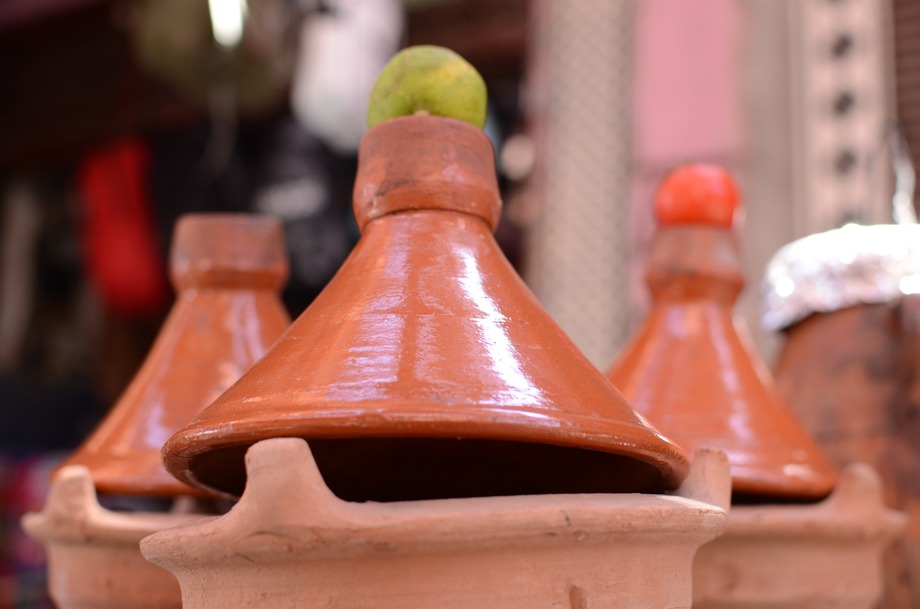
Marrakesh Pottery
Marrakesh excels, as all regions do, in turning out vibrant colors, but here it’s known for terracotta and ceramic tagines (a traditional cone-shaped Moroccan pot). The designs often incorporate such patterns as palm leaves and henna-inspired motifs.


